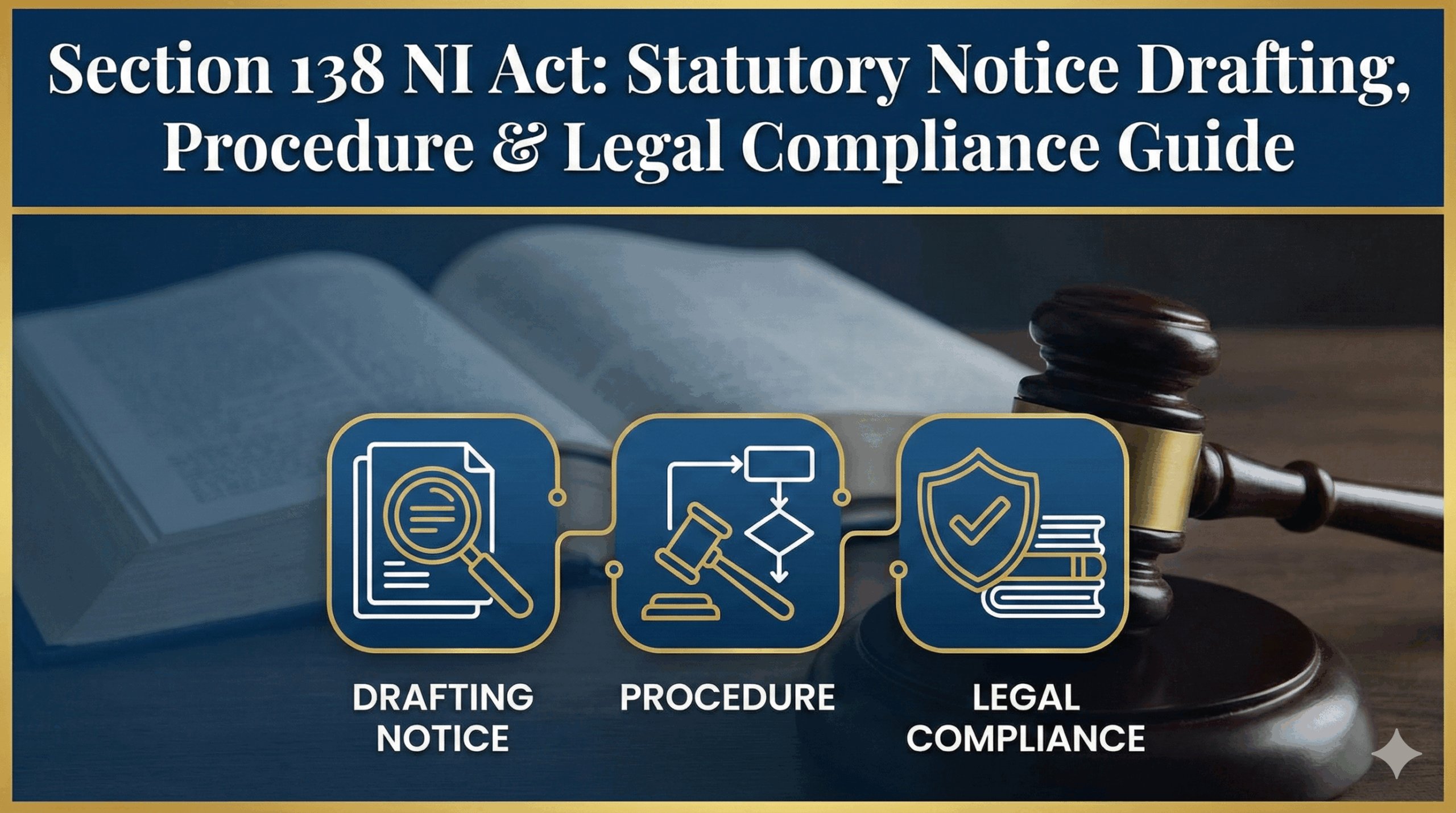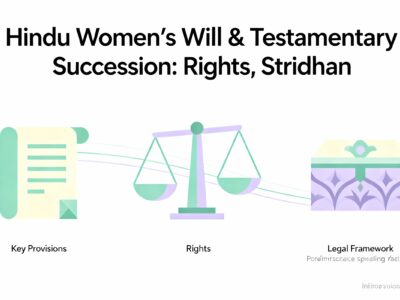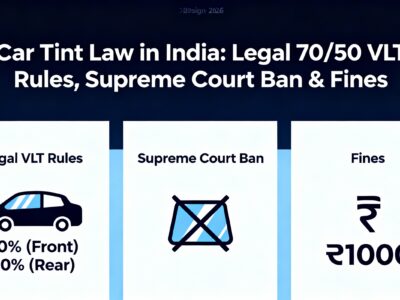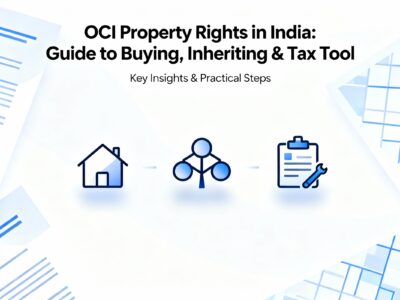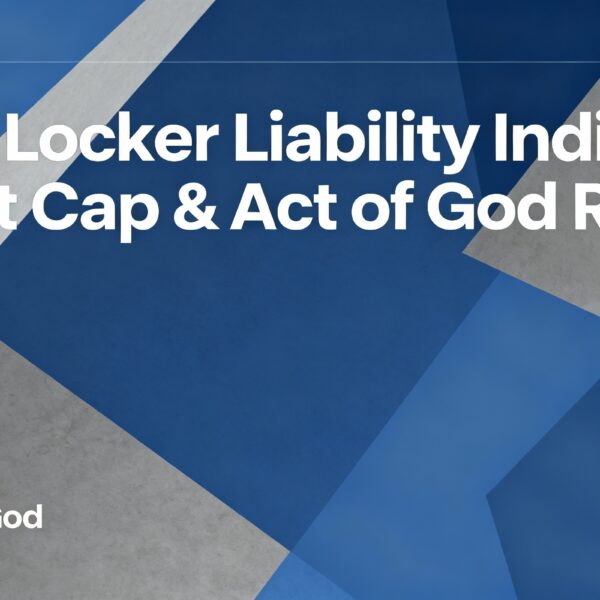Switching jobs in India often involves navigating the complexities of a notice period. While serving the full term is standard, what happens when you need an early exit? The notice period buy-out seems like a straightforward solution, but it’s a path filled with legal ambiguities, financial traps, and compliance risks for both employees and employers.
From understanding the critical difference between a buy-out and a PILON to deciphering the contentious tax treatment and its infamous “double taxation trap,” the stakes are high. This comprehensive guide demystifies the entire process. We will dive deep into the legal framework of employment contracts, explore the conflicting views on income tax, clarify the settled rules on GST and Provident Fund (PF), and provide strategic recommendations to help you navigate your exit or manage your workforce with confidence.
Navigating Notice Period Buy-Outs
A complete guide to the contractual clauses, tax traps, and PF rules for employees and employers in India.
The Legal & Contractual Maze
Why Does a Notice Period Exist?
It's a critical transition phase designed to protect both parties. It's not just a formality; it's a contractual obligation that ensures a smooth handover of responsibilities.
For the Employer
Time to find a replacement, manage workload, and ensure knowledge transfer.
For the Employee
Provides income stability while preparing for the next career move.
State-wise Statutory Notice Periods
While contracts can specify longer durations, they cannot be shorter than the statutory minimums set by State Shops and Establishments Acts. Here are a few examples:
| State | Minimum Notice Period | Qualifying Service Period |
|---|
Buy-Out vs. PILON: What's the Difference?
Notice Period Buy-Out
Initiated by: Employee
Direction of Payment: Employee ➡️ Employer
The employee pays the company to be released early from their notice period obligation. This is a privilege, not a right, and is subject to the employer's discretion.
Payment in Lieu of Notice (PILON)
Initiated by: Employer
Direction of Payment: Employer ➡️ Employee
The employer pays the employee to terminate the contract immediately, without requiring them to work the notice period. This is often used for swift exits.
This distinction is CRITICAL for tax and PF implications.
Drafting an Enforceable Buy-Out Clause
Since the contract is the sole legal basis for a buy-out, its wording is paramount. A weak clause can lead to disputes. An effective clause must have:
Clarity
Explicitly state that an employee may *request* an early release.
Clear Formula
Define the calculation basis, e.g., "last drawn monthly Gross Salary".
Employer Discretion
Unequivocally state that acceptance is at the company's sole discretion.
Formal Process
Outline the steps for making a request (e.g., written application to HR).
Rights & Obligations: A Two-Way Street
Employee's Obligations
- Serve the full notice period unless a buy-out is formally agreed.
- Perform duties professionally during the notice period.
- Cooperate fully in handover and knowledge transfer.
- Failure to serve is a breach of contract, which can lead to withholding of the final settlement and experience letter.
Employer's Leverage & Limits
- Must honor the agreed notice period or offer PILON for early termination.
- Cannot physically force an employee to work (as per the Specific Relief Act, 1963).
- Can withhold final documents and sue for damages if the employee absconds without a formal agreement.
- The "employer's discretion" is the most powerful tool, making buy-outs a negotiation, not a right.
The Income Tax Labyrinth
The Core Controversy: Is Notice Pay Recovery Taxable?
This is a major grey area. When an employee pays a buy-out, can that amount be deducted from their taxable salary? The law is silent, leading to two conflicting views.
The Taxman's View
"Tax on Salary 'Due'"
The full gross salary was contractually 'due' to you, so it's all taxable. The recovery is just an 'application of income' after it was earned. No deduction is allowed.
The Court's View (ITAT)
The "Real Income" Principle
You should only be taxed on income you actually receive. The recovered amount was never truly yours. Only the net salary received is taxable.
Beware the "Double Taxation Trap"
This happens when your new employer reimburses your buy-out amount. It's a perfect storm of tax liability that can cost you dearly.
You pay buy-out to Old Employer
Old Employer taxes your full 'due' salary
(Tax #1)
New Employer reimburses you
(Tax #2)
Interactive: Calculate Your Potential Loss
Legal Precedents & Your ITR Strategy
The *Nandinho Rebello v. DCIT* Case
This 2017 ruling by the Income-tax Appellate Tribunal (ITAT) is the cornerstone of the employee-favorable view. The ITAT held that notice pay recovery is **not taxable** based on the "Real Income" principle.
- The Core Logic: You can only be taxed on income you actually have a right to receive.
- Contingent Income: The right to receive full salary was contingent upon serving the full notice period. Since the condition wasn't met, the corresponding salary was forfeited.
- Not a "Deduction": The ITAT clarified this isn't about claiming a new deduction. It's about the fact that the income never legally "accrued" to the employee in the first place.
While this is a strong precedent, ITAT rulings are not binding on all tax authorities, leading to the ongoing ambiguity.
How to Approach Your Income Tax Return (ITR)
If your Form 16 shows the full gross salary (before buy-out recovery), you have two choices:
1. The Conservative Approach
Accept the Form 16 figures and pay tax on the gross amount. This avoids any potential dispute with the tax department but means you absorb the financial loss.
2. The Aggressive (Litigation-Prone) Approach
Declare only the "real income" (net salary received) in your ITR. This will likely trigger a notice due to a mismatch with your Form 26AS. You must be prepared to defend your position, citing the *Nandinho Rebello* case.
GST & Provident Fund: The Clear Rules
GST: Not Applicable
This is a settled matter. Thanks to **CBIC Circular No. 178/10/2022-GST**, it's confirmed that notice pay recovery is a penalty for breach of contract, not a payment for a service.
This view is also affirmed by courts, such as in the **_Manappuram Finance Ltd._** case, which held that these are penalties, not consideration for a service.
Conclusion: Employers do not need to charge or pay GST on buy-out amounts.
Provident Fund (PF)
PF applicability depends entirely on the direction of payment and whether the amount qualifies as "basic wages" under the EPF Act.
-
✕
On Notice Pay Recovery (Employee pays): Not applicable. It's a recovery, not 'wages'.
-
✓
On PILON (Employer pays): Applicable. It's a wage substitute.
F&F and PF Portal:
The employer must promptly update the employee's 'Date of Exit' on the EPFO portal to their last working day. This is crucial for the employee to transfer or withdraw their PF balance.
Strategic Recommendations
For Employers
- ✓Strengthen contract clauses (Gross Salary, Discretion).
- ✓Establish a consistent internal policy for approvals.
- ✓Decide on a clear tax stance and communicate it.
- ✓Maintain meticulous documentation of all exits.
For Employees
- ✓Conduct due diligence on contracts before switching.
- ✓Negotiate buy-out reimbursement for the "grossed-up" tax amount.
- ✓Insist on all exit agreements being in writing.
- ✓Consult a tax professional about your ITR strategy.
Checklist for HR & Finance Professionals
- Receive & Approve: Get a formal written request from the employee and secure documented management approval.
- Calculate & Confirm: Calculate the buy-out based on the contract (pro-rated Gross Salary) and get written confirmation from the employee.
- Process F&F Settlement:
- Clearly show "Notice Pay Recovery" as a deduction.
- Ensure **NO GST** is applied to the recovery.
- Calculate PF **only** on actual days worked, not on the recovery amount.
- Issue Final Documents: Provide Form 16 (as per company tax policy) and the relieving letter upon settlement.
- Update EPFO Portal: Promptly update the employee's "Date of Exit" to their last physical working day.


